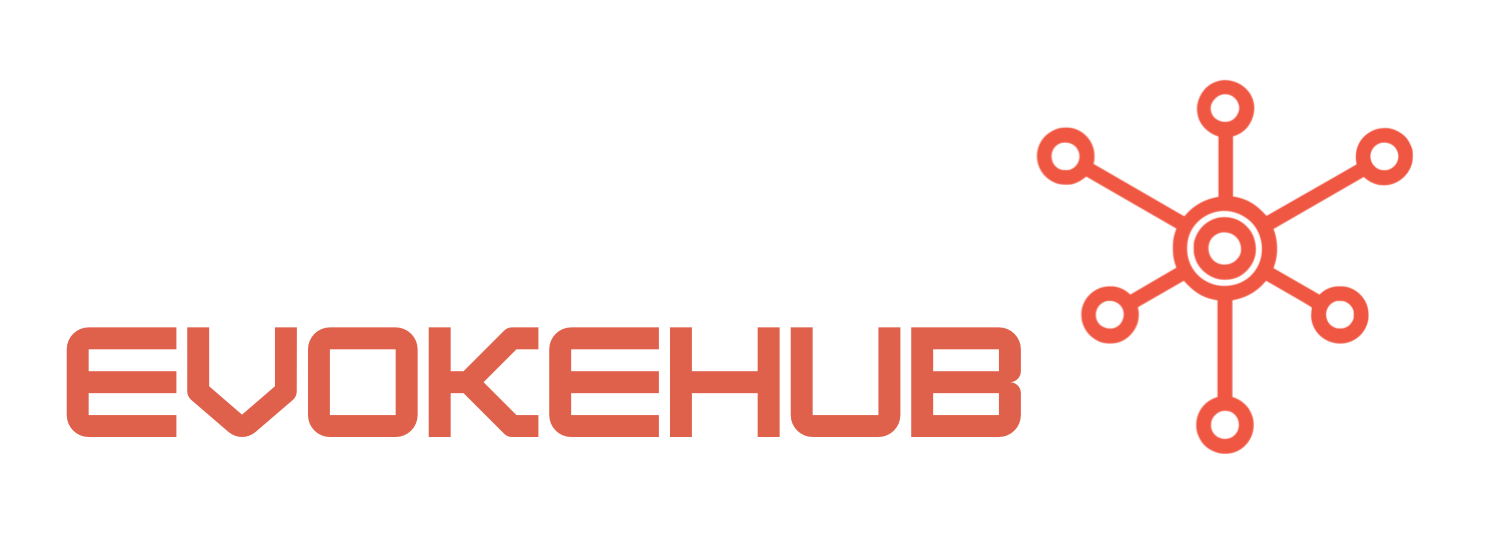Understanding Azure Container Instances for Cloud Workflows
Azure Container Instances is a serverless container service provided by Microsoft Azure that allows developers to run containers in the cloud without the need for complex orchestration setups. Unlike traditional virtual machines, ACI abstracts the underlying infrastructure, allowing developers to focus on writing and deploying code. This makes it particularly suited for scenarios such as batch processing, microservices, and development environments. Furthermore, with Azure’s pay-per-use model, organizations can save costs by only paying for what they consume.
One of the key advantages of ACI is its rapid scalability. Developers can deploy containers in seconds, allowing for quick iterations and responsiveness to changing workload demands. This is especially beneficial for CI/CD workflows, where automated testing and deployment are crucial. ACI also integrates seamlessly with other Azure services, such as Azure Functions and Azure Logic Apps, enhancing its capabilities and further streamlining cloud workflows.
Security is another critical aspect of ACI that organizations must consider. Azure provides robust security features, including virtual networks, managed identities, and compliance with industry standards. This allows businesses to deploy applications within a secure environment while taking advantage of the agility offered by containerization. Understanding these features is essential for leveraging the full potential of ACI in cloud workflows.
Best Practices for Seamless Integration in Your Projects
To ensure a smooth integration of Azure Container Instances into your cloud workflows, organizations should start by assessing their existing architecture. Identify the components that can benefit from containerization and evaluate how ACI can enhance those services. For instance, microservices that require independent scaling can greatly benefit from being deployed in ACI. It is also important to consider how ACI can interact with other Azure services, such as Azure Kubernetes Service (AKS) for orchestration or Azure DevOps for CI/CD pipelines.
Another best practice is to implement efficient monitoring and logging solutions. Azure Monitor and Log Analytics can be invaluable in tracking the performance and health of deployed containers. By establishing a centralized logging mechanism, you can gain insights into application behavior, resource utilization, and potential issues. This proactive approach enables organizations to quickly address performance bottlenecks and maintain high availability.
Finally, consider using Azure Resource Manager (ARM) templates for deployment automation. ARM templates allow you to define your infrastructure as code, making it easier to replicate environments and manage configurations consistently. By integrating ACI with ARM, developers can automate the deployment of container instances, ensuring that configurations are standardized across different environments. This contributes to a more efficient and error-free workflow, reducing manual overhead and speeding up development cycles.
Seamlessly integrating Azure Container Instances into cloud workflows can significantly enhance operational efficiency and scalability for organizations. By understanding the unique capabilities of ACI and following best practices for integration, businesses can leverage the power of containerization to optimize their development processes. From enhancing microservices architectures to automating deployments with ARM templates, ACI offers a versatile solution that meets the demands of modern cloud environments. As organizations continue to adapt to evolving technology landscapes, embracing tools like Azure Container Instances will be essential for sustaining competitive advantage. For more details on ACI, you can visit the Azure Container Instances documentation.




